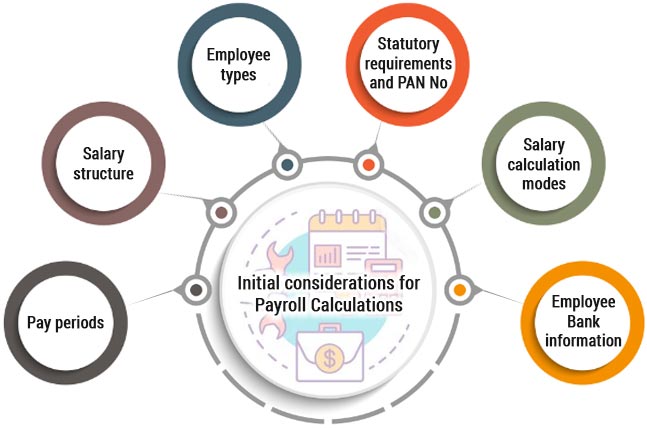

Additionally, the hidden and output neurons will include a bias. Overviewįor this tutorial, we’re going to use a neural network with two inputs, two hidden neurons, two output neurons.

#Simple commission calculation program part 2 explanation full#
I really enjoyed the book and will have a full review up soon. If you find this tutorial useful and want to continue learning about neural networks, machine learning, and deep learning, I highly recommend checking out Adrian Rosebrock’s new book, Deep Learning for Computer Vision with Python. Backpropagation Visualizationįor an interactive visualization showing a neural network as it learns, check out my Neural Network visualization. You can play around with a Python script that I wrote that implements the backpropagation algorithm in this Github repo. This post is my attempt to explain how it works with a concrete example that folks can compare their own calculations to in order to ensure they understand backpropagation correctly. There is no shortage of papers online that attempt to explain how backpropagation works, but few that include an example with actual numbers. This is because it is assumed that any arrangements made under the flexibility term in a modern award would be considered in the negotiating process, and potentially will form part of the agreement, or be negotiated again under the flexibility term in the agreement if approved.Backpropagation is a common method for training a neural network. When determining whether employees will be better off overall the Commission must disregard any individual flexibility arrangement agreed to by an employee and employer under the flexibility term in the relevant modern award. Individual flexibility arrangements must be disregarded Īn agreement may pass the test even if some award benefits have been reduced, as long as overall those reductions are more than offset by the benefits of the agreement. The question posed by the better off overall test is not whether each employee is better off under the Agreement compared to their particular existing working arrangements but whether they are better off overall if the Agreement applied rather than the relevant modern award.

The Commission must be satisfied that each award covered employee and each prospective award covered employee would be better off overall if the agreement applied to the employee than if the relevant modern award applied to the employee. The application of the better off overall test therefore requires the identification of the terms of an Agreement which are more beneficial to employees when compared to the relevant modern award, and the terms of an Agreement which are less beneficial and then an overall assessment of whether an employee would be better off under the Agreement. It is a global test requiring consideration of advantages and disadvantages to award covered employees and prospective award covered employees. The better off overall test is not applied as a line by line analysis. The better off overall test requires the identification of agreement terms which are more beneficial, and the terms which are less beneficial, and then an overall assessment is made as to whether employees would be better off under the agreement than under the relevant award. The better off overall test considers the terms that are more beneficial and less beneficial to employees in an agreement, compared to the terms in the relevant modern award.


 0 kommentar(er)
0 kommentar(er)
